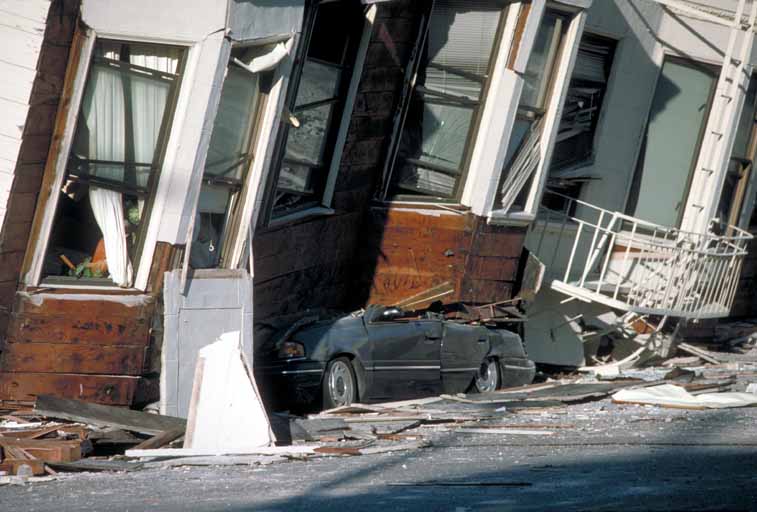
In Congress yesterday, a House subcommittee marked the 5oth anniversary of the Great Alaska Earthquake with a hearing focused on what scientists have learned from that event that can prepare the nation for the next big temblor or tsunami. Seismologists and several lawmakers said Congress needs to pony up for an earthquake early warning system.
50th Anniversary of the Great Alaska Earthquake
[icon name=”icon-angle-right”]Tsunami warning test too real?
[icon name=”icon-angle-right”]When the earthquake struck, Bob Allen took care of what he could
[icon name=”icon-angle-right”]The Great Alaska Earthquake: 50 Years Later
[icon name=”icon-angle-right”]Sitkans remember Alaska’s 1964 earthquake
For people who study earthquakes, each major event serves as a lab experiment. Plate tectonics was a tentative theory before the 1964 quake, which also provided valuable insights about soil liquefaction and tsunamis. William Leith, an earthquake advisor for the USGS, says North America’s largest ever earthquake changed policy, too.
“Through the iconic scenes of houses broken apart by landsliding in the Turnagain neighborhood of Anchorage, the ‘64 disaster demonstrated the importance of considering earthquake hazards in urban planning and development,” he said.
Leith was one of four scientists who testified. They say one lesson the U.S. should have learned by now is the need to develop an early warning system for earthquakes, as other countries already have. USGS has spent $10 million over more than a decade to come up with a prototype for California, but it would take $16 million a year to build and operate a system for the whole West Coast. Professor John Vidale of the University of Washington says the Cascadia fault, for example, is set to deliver an Alaska-sized earthquake to the Pacific Northwest. Vidale says it’s likely to be detectable 1 to five minutes in advance.
“An early warning will forestall train, car and airplane accidents, halt surgeries, allow for bridges to clear, shut down elevators, open critical doors, warn schools and the population in general,” he said.
Vidale says a magnitude 9 quake would cause an estimated $50 to $100 billion damage. To some Congress members, the lack of will to pay for a warning system makes no sense. Here’s Peter DeFazio, an Oregon Democrat.
“We’ve spent $10 million – WOW! — since 1999,” DeFazio said, mocking the sum as low, in Congressional terms. ”We’re looking at a $100 billion problem in the Pacific Northwest. We’ve spent $10 million. You talk about countries like, I think you said Romania? Mexico? They’ve deployed early warning systems and the United States of America hasn’t? We have a prototype?”
One of the scientists said most countries develop a warning system only after a catastrophe strikes. New Jersey Democrat Rush Holt says Congress has been too stingy:
“And here the richest country in the world by far, undeniably, doesn’t act as if we have a future. One invest, one builds infrastructure, one sponsors research when we believe we have a future. Instead we just cut, cut, cut.”
Alaska Congressman Don Young says he and the late Sen. Ted Stevens were able to provide funds for tsunami warning, but he says he’s disappointed Congress has cut it back. As for earthquake warning, Young had a bit of low-tech advice for the panel.
“I do believe we can identify when an earthquake can occur. You have to buy a pheasant. It always worked back in California,” he claimed. “A pheasant will tell you when an earthquake is going to happen about five second before it happens.”
Young supports funding an earthquake warning system, too, but he says the Alaska disaster showed tsunami to be the more lethal danger.
